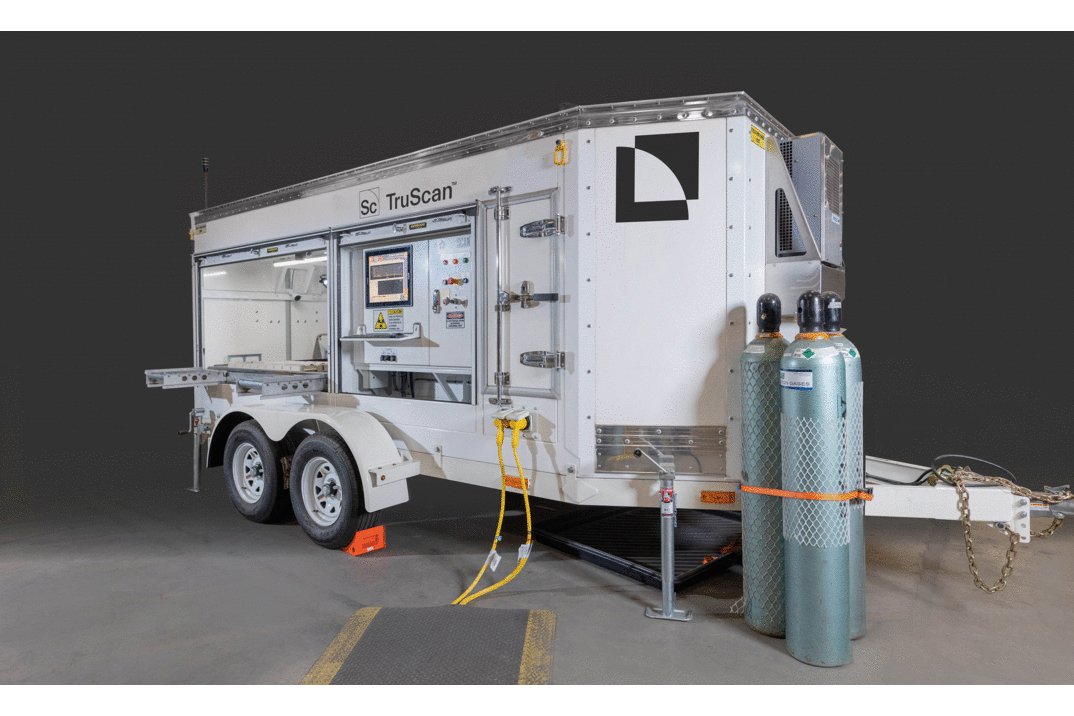Idaho Copper Corp. has announce that it has received results from scanning work performed by Veracio's TruScan XRF (X-ray fluorescence) technology on the first six drillholes from the company's CuMo deposit in Idaho.
The work involved the detailed scanning of cores at 1.5cm intervals, allowing the Idaho Copper to examine the grades, composition, and distribution of copper and molybdenum contained in the deposit. The work is a follow up to the visual sorting analysis announced in June 2022.
The TruScan mobile scanning unit, which is about the size of a cargo van, contains sophisticated software and XRF scanning equipment that analyses drill core to detect and measure copper and molybdenum grades. Each element present in a sample produces a set of characteristic fluorescent X-rays (a fingerprint) that is unique to that specific element. Currently, six holes have been scanned and a total of 37 holes are available for scanning.
The CuMo deposit is a vein stockwork system in which the vast majority of the metals (Mo, Cu, Ag, Re and W) are contained in very thin veins and veinlets, irregularly spread throughout the deposit. The Idaho Copper intends to utilise and optimise industry-proven ore-sorting technology, which is designed to separate waste and lower grade material from smaller volume, higher grade ore that will enter a mill for further processing. Since a large part of the waste will be rejected, and lower-grade ore will be sent to a stockpile, ore sorting substantially improves the grade of material being fed to a mill. Importantly, the elimination, removal and separation of a significant percentage of waste material prior to processing will allow a smaller mill or concentrator than would be needed without ore sorting. This is expected to translate into material savings in capital and operating expenditures.
YOU MIGHT ALSO LIKE
Stage 1 ore sorting tests performed for the 2020 Preliminary Economic Assessment (PEA) successfully established that XRF can be used to identify the grade of mined material and thereby exclude from the mill portions of waste and stockpile material. The current results are extremely encouraging because they validate the possibility of separating the metal-bearing veins from the host rock. This means a large portion of waste and lower-grade material could be separated immediately after mining, and therefore, the head grade fed to the mill could be substantially higher than the grade found in the in-situ resource.
The Preliminary Economic Assessment (PEA) completed in June 2020 by SRK, based on 10ft sample intervals, concluded that ore sorting would remove 28% of the mined material from mill feed, meaning that 72% of mined material would pass through to the mill. The current XRF analysis indicates that with optimised ore sorting, a marked improvement is possible, with a major portion of the mined material removed prior to sending higher grade ore for mill processing.



















